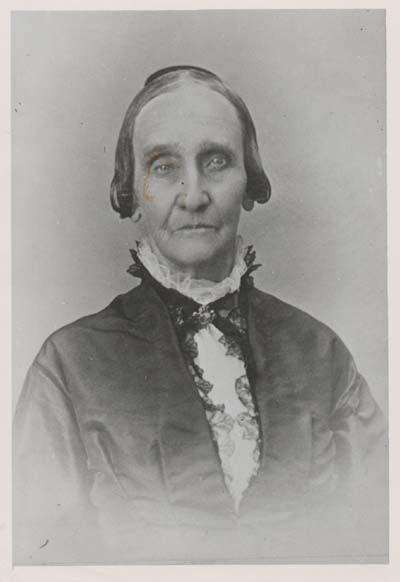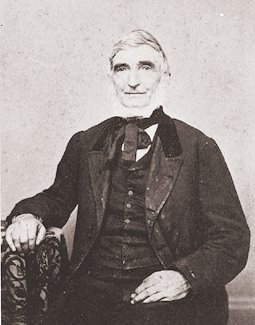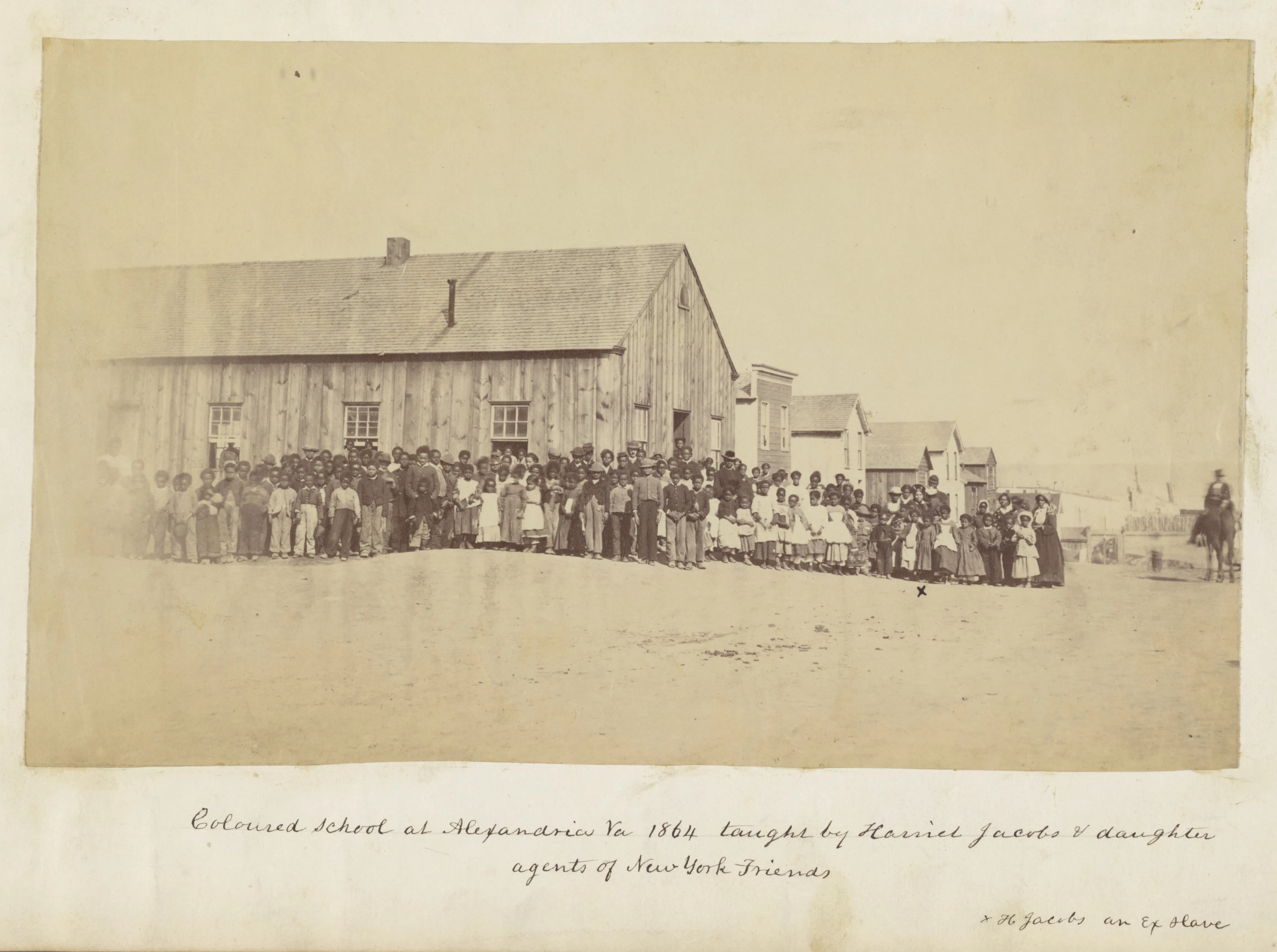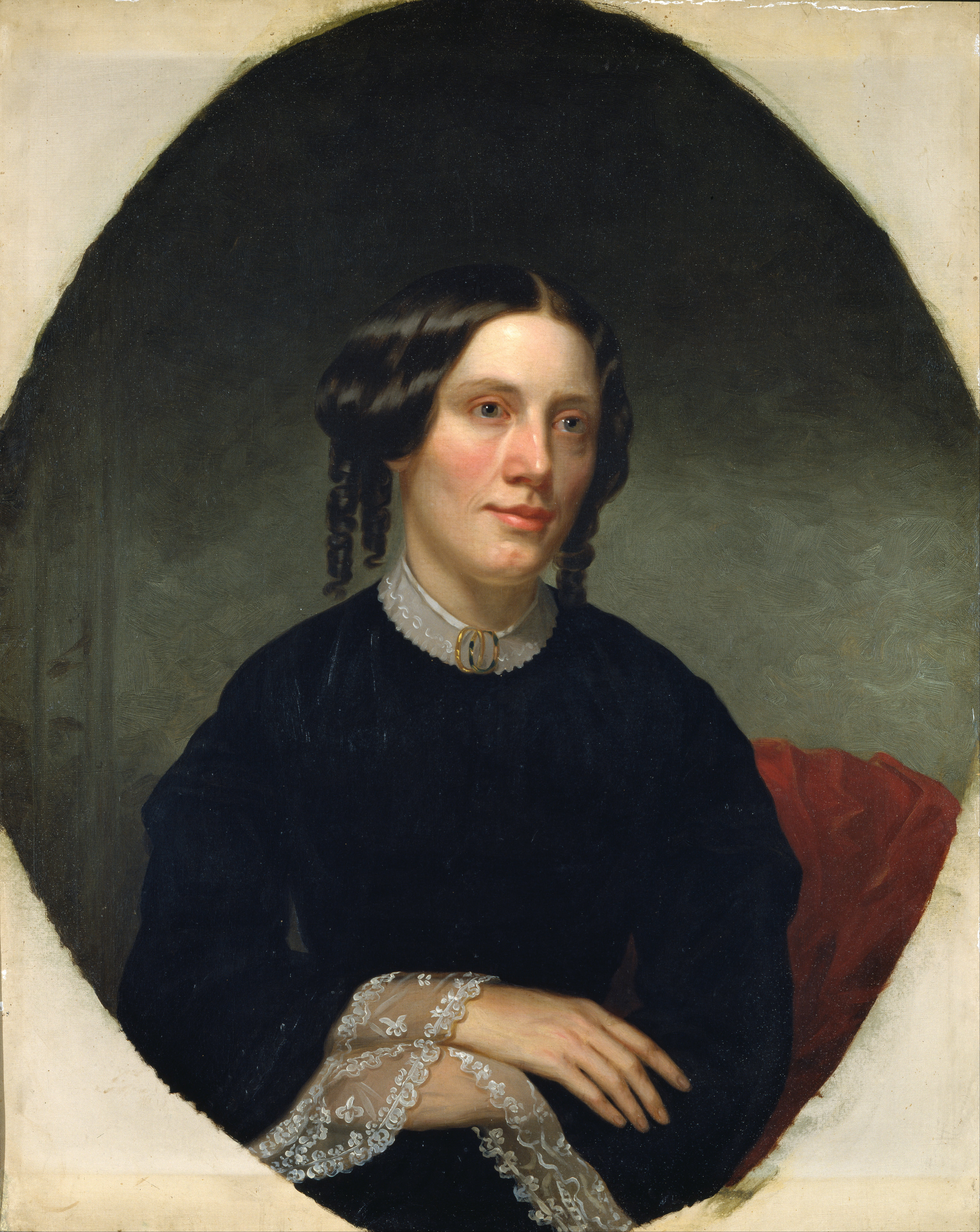|
Incidents In The Life Of A Slave Girl
''Incidents in the Life of a Slave Girl, written by herself'' is an autobiography by Harriet Jacobs, a mother and fugitive slave, published in 1861 by L. Maria Child, who edited the book for its author. Jacobs used the pseudonym Linda Brent. The book documents Jacobs's life as a slave and how she gained freedom for herself and for her children. Jacobs contributed to the genre of slave narrative by using the techniques of sentimental novels "to address race and gender issues."Venetria K. Patton, ''Women in Chains: The Legacy of Slavery in Black Women's Fiction'' Albany, New York: SUNY Press, 2000, pp. 53-55 She explores the struggles and |
Harriet Jacobs
Harriet Jacobs (1813 or 1815 – March 7, 1897) was an African-American writer whose autobiography, ''Incidents in the Life of a Slave Girl'', published in 1861 under the pseudonym Linda Brent, is now considered an "American classic". Born into slavery in Edenton, North Carolina, she was sexually harassed by her enslaver. When he threatened to sell her children if she did not submit to his desire, she hid in a tiny crawl space under the roof of her grandmother's house, so low she could not stand up in it. After staying there for seven years, she finally managed to escape to the free North, where she was reunited with her children Joseph and Louisa Matilda and her brother John S. Jacobs. She found work as a nanny and got into contact with abolitionist and feminist reformers. Even in New York, her freedom was in danger until her employer was able to pay off her legal owner. During and immediately after the Civil War, she went to the Union-occupied parts of the South together wi ... [...More Info...] [...Related Items...] OR: [Wikipedia] [Google] [Baidu] |
Amy And Isaac Post
Isaac and Amy Post, were radical Hicksite Quakers from Rochester, New York, and leaders in the nineteenth-century anti-slavery and women's rights movements. Among the first believers in Spiritualism, they helped to associate the young religious movement with the political ideas of the reform movement. Early life Isaac Post was born February 26, 1798, in Westbury, New York, to Edmund and Catherine (Willetts) Post, members of the Religious Society of Friends, also known as Quakers. Amy Kirby Post was born December 20, 1802, in Jericho, New York, among the eight children of Joseph and Mary (Seaman) Kirby, who were also Quakers. Commitment to humanitarian reform was characteristic of Quakers and foundational to the Posts' later work as abolitionists and women's-rights activists. Around 1821 Isaac married Amy's elder sister Hannah. In 1823 they moved to the village of Scipio in Cayuga County, New York, and established a farm where Amy soon came to live with them. In 1827 Hannah fel ... [...More Info...] [...Related Items...] OR: [Wikipedia] [Google] [Baidu] |
Isaac And Amy Post
Isaac and Amy Post, were radical Hicksite Quakers from Rochester, New York, and leaders in the nineteenth-century anti-slavery and women's rights movements. Among the first believers in Spiritualism, they helped to associate the young religious movement with the political ideas of the reform movement. Early life Isaac Post was born February 26, 1798, in Westbury, New York, to Edmund and Catherine (Willetts) Post, members of the Religious Society of Friends, also known as Quakers. Amy Kirby Post was born December 20, 1802, in Jericho, New York, among the eight children of Joseph and Mary (Seaman) Kirby, who were also Quakers. Commitment to humanitarian reform was characteristic of Quakers and foundational to the Posts' later work as abolitionists and women's-rights activists. Around 1821 Isaac married Amy's elder sister Hannah. In 1823 they moved to the village of Scipio in Cayuga County, New York, and established a farm where Amy soon came to live with them. In 1827 Hannah f ... [...More Info...] [...Related Items...] OR: [Wikipedia] [Google] [Baidu] |
Garret
A garret is a habitable attic, a living space at the top of a house or larger residential building, traditionally, small, dismal, and cramped, with sloping ceilings. In the days before elevators this was the least prestigious position in a building, at the very top of the stairs. Etymology The word entered Middle English through Old French with a military connotation of watchtower, garrison or billet a place for guards or soldiers to be quartered in a house. Like garrison, it comes from an Old French word of ultimately Germanic origin meaning "to provide" or "defend". History In the later 1800s, garrets became one of the defining features of Second Empire architecture in Paris, France, where large buildings were stratified socially between different floors. As the number of stairs to climb increased, the social status decreased. Garrets were often internal elements of the mansard roof, with skylights or dormer windows. A "bow garret" is a two-story "outhouse" situate ... [...More Info...] [...Related Items...] OR: [Wikipedia] [Google] [Baidu] |
Samuel Tredwell Sawyer
Samuel Tredwell Sawyer (1800 – November 29, 1865) was an attorney and politician. Although he served as Congressional Representative, today he is mostly remembered for fathering the two children of the young slave Harriet Jacobs, in whose autobiography, ''Incidents in the Life of a Slave Girl'', he features prominently. Early life Sawyer was born in Edenton, North Carolina, in 1800. He attended Edenton Academy and the University of North Carolina at Chapel Hill. Sawyer studied law, was admitted to the bar, and commenced practice in Edenton. Political career Sawyer was elected to the North Carolina State house of representatives, serving from 1829 to 1832. Sawyer was elected to the North Carolina Senate in 1834. He was elected in 1836 as a Whig to the Twenty-fifth Congress (March 4, 1837 - March 3, 1839), where he was chairman of the Committee on Expenditures on Public Buildings. Sawyer was an unsuccessful candidate for reelection to the Twenty-sixth Congress, moved to Nor ... [...More Info...] [...Related Items...] OR: [Wikipedia] [Google] [Baidu] |
Louisa Matilda Jacobs
Louisa Matilda Jacobs (1833 – April 5, 1917) was an African-American abolitionist and civil rights activist and the daughter of famed escaped slave and author, Harriet Jacobs. Along with her activism, she also worked as a teacher in Freedmen's Schools in the South, and as a matron at Howard University. Early life 256x256px, Louisa's mother, Harriet Jacobs, alt=, left Jacobs was born in Edenton, North Carolina on October 19, 1833, to Samuel Tredwell Sawyer (a congressman and newspaper editor) and his mistress Harriet Jacobs, at a time when Harriet was enslaved by Dr. James Norcom. Louisa also had an older brother, Joseph Jacobs, born in 1829. Harriet Jacobs had been sexually harassed by Norcom for many years, but she continually refused his advances and mistakenly hoped that her relationship with Sawyer would be a deterrent to Norcom. As Harriet continued to refuse Norcom's advances, Norcom began to threaten her children in anticipation of coercing Harriet into a sexual relati ... [...More Info...] [...Related Items...] OR: [Wikipedia] [Google] [Baidu] |
Our Nig
''Our Nig: Sketches from the Life of a Free Black'' is an autobiographical novel by Harriet E. Wilson. First published in 1859, it was rediscovered in 1981 by Henry Louis Gates Jr. and was subsequently reissued with an introduction by Gates (London: Allison & Busby, 1984). ''Our Nig'' has since been republished in several other editions. It was long considered the first novel published by an African-American woman in North America, though that record is now contested by another manuscript found by Gates, ''The Bondwoman's Narrative'', which may have been written a few years earlier. Plot summary Beginning ''Our Nig'' opens with the story of Mag Smith, a white woman who lives in the northern United States. She has been seduced and left with a child born out-of-wedlock. After the child dies, Mag moves away to a place where no one knows her. In this new town, she meets a "kind-hearted African" man named Jim who falls in love with her. Impoverished, she soon realizes that she ca ... [...More Info...] [...Related Items...] OR: [Wikipedia] [Google] [Baidu] |
Harriet E
Harriet(t) may refer to: * Harriet (name), a female name ''(includes list of people with the name)'' Places *Harriet, Queensland, rural locality in Australia * Harriet, Arkansas, unincorporated community in the United States * Harriett, Texas, unincorporated community in the United States Ships * ''Harriet'' (1798 ship), built at Pictou Shipyard, Nova Scotia, Canada * ''Harriet'' (1802 EIC ship), East India Company ship * ''Harriet'' (1810 ship), American ship * ''Harriet'' (1813 ship), American ship * ''Harriet'' (1829 ship), British Royal Navy ship * ''Harriet'' (1836 ship), British ship * ''Harriet'' (fishing smack), 1893 British trawler preserved in Fleetwood Museum Other * Harriet (band), an alternative Americana band from Los Angeles * ''Harriet'' (film), a 2019 biographical film about Harriet Tubman * ''Harriet the Spy'' (TV series), a 2021 animated TV series * List of storms named Harriet See also * * Harriot (other) Harriot may refer to: * Elizabeth ( ... [...More Info...] [...Related Items...] OR: [Wikipedia] [Google] [Baidu] |
Cult Of Domesticity
The Culture of Domesticity (often shortened to Cult of Domesticity) or Cult of True Womanhood is a term used by historians to describe what they consider to have been a prevailing value system among the upper and middle classes during the 19th century in the United States. This value system emphasized new ideas of femininity, the woman's role within the home and the dynamics of work and family. "True women", according to this idea, were supposed to possess four cardinal virtues: piety, purity, domesticity, and submissiveness. The idea revolved around the woman being the center of the family; she was considered "the light of the home". The women and men who most actively promoted these standards were generally white and Protestant; the most prominent of them lived in New England and the Northeastern United States. Although all women were supposed to emulate this ideal of femininity, black, working class, and immigrant women were often excluded from the definition of "true women" bec ... [...More Info...] [...Related Items...] OR: [Wikipedia] [Google] [Baidu] |
Uncle Tom's Cabin
''Uncle Tom's Cabin; or, Life Among the Lowly'' is an anti-slavery novel by American author Harriet Beecher Stowe. Published in two volumes in 1852, the novel had a profound effect on attitudes toward African Americans and slavery in the U.S., and is said to have "helped lay the groundwork for the mericanCivil War". Stowe, a Connecticut-born woman of English descent, was part of the religious Beecher family and an active abolitionist. She wrote the sentimental novel to depict the reality of slavery while also asserting that Christian love could overcome slavery. The novel focuses on the character of Uncle Tom, a long-suffering black slave around whom the stories of the other characters revolve. In the United States, ''Uncle Tom's Cabin'' was the best-selling novel and the second best-selling book of the 19th century, following the Bible. It is credited with helping fuel the abolitionist cause in the 1850s. The influence attributed to the book was so great that a likely ... [...More Info...] [...Related Items...] OR: [Wikipedia] [Google] [Baidu] |
Harriet Beecher Stowe
Harriet Elisabeth Beecher Stowe (; June 14, 1811 – July 1, 1896) was an American author and abolitionist. She came from the religious Beecher family and became best known for her novel ''Uncle Tom's Cabin'' (1852), which depicts the harsh conditions experienced by enslaved African Americans. The book reached an audience of millions as a novel and play, and became influential in the United States and in Great Britain, energizing anti-slavery forces in the American North, while provoking widespread anger in the South. Stowe wrote 30 books, including novels, three travel memoirs, and collections of articles and letters. She was influential both for her writings and for her public stances and debates on social issues of the day. Life and work Harriet Elisabeth Beecher was born in Litchfield, Connecticut on June 14, 1811.McFarland, Philip. ''Loves of Harriet Beecher Stowe''. New York: Grove Press, 2007: 112. She was the sixth of 11 children born to outspoken Calvinist preache ... [...More Info...] [...Related Items...] OR: [Wikipedia] [Google] [Baidu] |
Slave Narratives
The slave narrative is a type of literary genre involving the (written) autobiographical accounts of enslaved Africans, particularly in the Americas. Over six thousand such narratives are estimated to exist; about 150 narratives were published as separate books or pamphlets. In the United States during the Great Depression (1930s), more than 2,300 additional oral histories on life during slavery were collected by writers sponsored and published by the Works Progress Administration, a New Deal program. Most of the 26 audio-recorded interviews are held by the Library of Congress. Some of the earliest memoirs of captivity known in the English-speaking world were written by white Europeans and later Americans, captured and sometimes enslaved in North Africa by local Muslims, usually Barbary pirates. These were part of a broad category of "captivity narratives". Beginning in the 17th century, these included accounts by colonists and later American settlers in North America and the United ... [...More Info...] [...Related Items...] OR: [Wikipedia] [Google] [Baidu] |




.jpg)

_(14580123410).jpg)


